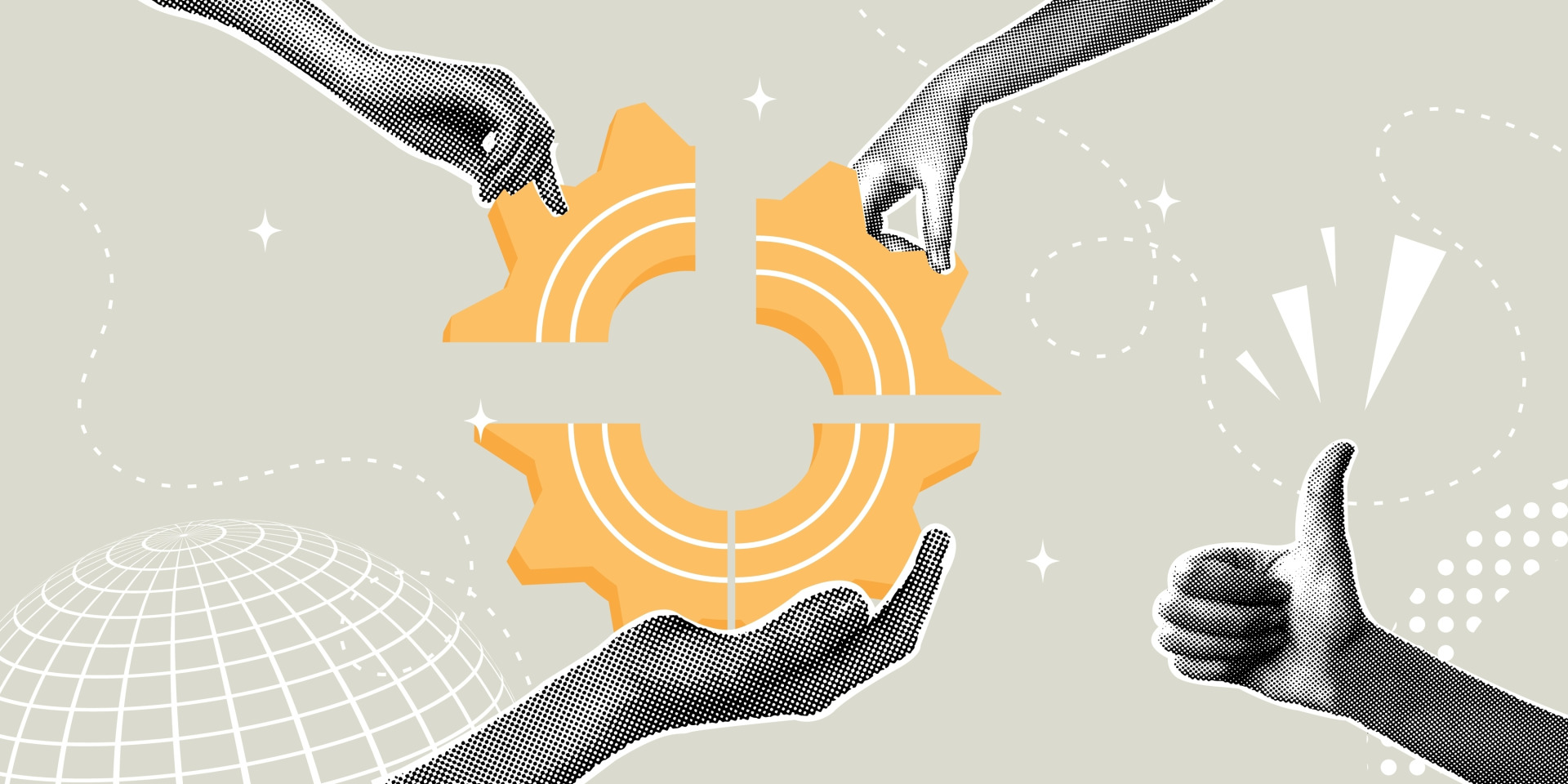EERA's June 2025 newsletter main article

Only by ensuring cross-cutting collaboration and research excellence can we navigate the journey to climate neutrality with the urgency and scale it demands. That is precisely the role of EERA’s 18 Joint Programmes (JPs): acting as a defragmentation engine for Europe’s energy research landscape, bringing together disciplines, sectors, and stakeholders to deliver solutions for a fair, sustainable, and economically viable clean energy transition.
This is no small feat, and it is not theoretical. It is being delivered, year after year, by JPs that combine scientific expertise with deep-rooted cooperation across borders. The recent EERA Annual Strategy Meeting, held in early June in Copenhagen, brought this commitment to life, showcasing how this collaborative model drives impact.
For many Joint Programmes, collaborating and aligning research activities and priorities can be actualised through the development of coordinated and synergetic EU-funded research and innovation (R&I) projects. Take the Joint Programme Energy Storage, which is leading the 17-country StoRIES project, a clear example of how coordinated access to world-class research infrastructure can accelerate the development of harmonised energy storage technologies. In a similar manner, the Joint Programme on Nuclear Materials is increasingly unlocking new opportunities with the CONNECT-NM co-funded partnership, aligning expertise to fast-track research and innovation in nuclear materials.
Crucially, EERA’s Joint Programmes do not limit themselves to technological advancements only. They take the energy transition as the multidimensional challenge it is, social, economic, political, and technical. The Joint Programme on clean Energy tranSition for Sustainable Society (e3s) is a case in point: leading the charge in bridging the social sciences and technical disciplines, EERA JP e3s is notably spearheading cross-collaboration throughout the Alliance, incorporating a transversal approach to organising joint workshops and contributing to joint publications on a wide spectrum of topics.
Recent collaborations speak volumes. Joint Programmes e3s and Fuel Cells and Hydrogen joined forces to explore the societal impacts of hydrogen technologies, while initiatives with Energy Storage, Concentrated Solar Power, and Digitalisation for Energy shed light on the smart operation of energy storage technologies in future energy markets. Notably, JP e3s also contributed its expertise to the recent EERA paper on the role of artificial intelligence (AI) in accelerating Europe’s clean energy transition. The paper, expertly led by JP DfE, highlights the growing strategic importance of AI in reshaping Europe’s energy systems.
Increasingly, EERA’s Joint Programmes are stepping into the EU policy sphere, offering critical insights to help shape future legislation and research priorities. At this year European Sustainable Energy Week (EUSEW), the Joint Programmes Smart Grids and Digitalisation for Energy co-hosted a policy session together with the European Commission’s Joint Research Centre (JRC). The session, counting on insightful input from leading policy, industry and research voices in the field, reinforced the potentially transformative role of AI in the grid of tomorrow. In the same spirit, the Joint Programme Smart Grids published a white paper this year exploring key challenges, innovative solutions, and concrete policy recommendations for modernising, expanding, and digitalising Europe’s electricity networks.
And alignment does not stop at policy. EERA’s Joint Programmes simultaneously play an increasingly role in ensuring coordination between scientific expertise and industry needs for European low carbon energy competitiveness. The Joint Programme Photovoltaic Solar Energy now holds a seat on the governing board of the new European Partnership for Innovation in Photovoltaics (EUPI-PV). This landmark initiative, launched by the European Commission and the European Technology & Innovation Platform for Photovoltaics (ETIP PV), specifically aims to coordinate efforts between industry leaders and research institutions to bolster the resilience and competitiveness of the European PV value chain. However, this is not an isolated example, this is a coordinated effort across the Alliance. From Hydropower and Wind to Nuclear Materials, Energy Storage, Bionergy, CCS, Energy Efficiency in Industrial Processes, and many more, JPs are building strong ties with industry platforms. These collaborations aim to ensure that research agendas are not only academically robust but that they also incorporate an industry lens and are relevant to industry priorities with the final aspirational goal of bridging the gap between lab-scale innovation and large-scale deployment.
The message is clear: the energy transition cannot be delivered by fragmented efforts. Only by embedding collaboration at every level, from scientific excellence to policy engagement and industry alignment, can Europe hope to meet the scale of the energy transition challenge. This is where EERA’s Joint Programmes stand apart. Whether leading pan-European initiatives like StoRIES from JP Energy Storage and CONNECT-NM from JP Nuclear Materials, bridging disciplines through JP e3s, shaping digitalisation and AI debates like JPs Digitalisation for Energy and Smart Grids, or aligning ecosystems through collaboration across sectors like JPs Wind and Photovoltaic Solar Energy, their collective impact strives to be systemic.
It is not only about generating knowledge. It is about orchestrating this knowledge, and also action, across silos, scales, and stakeholders to accelerate change where and when it matters most. We are far from perfect, but this is the path our Joint Programmes are forging every day. And we at the EERA Secretariat believe that their efforts deserve the spotlight in this editorial that crowns the end of the first half of 2025.